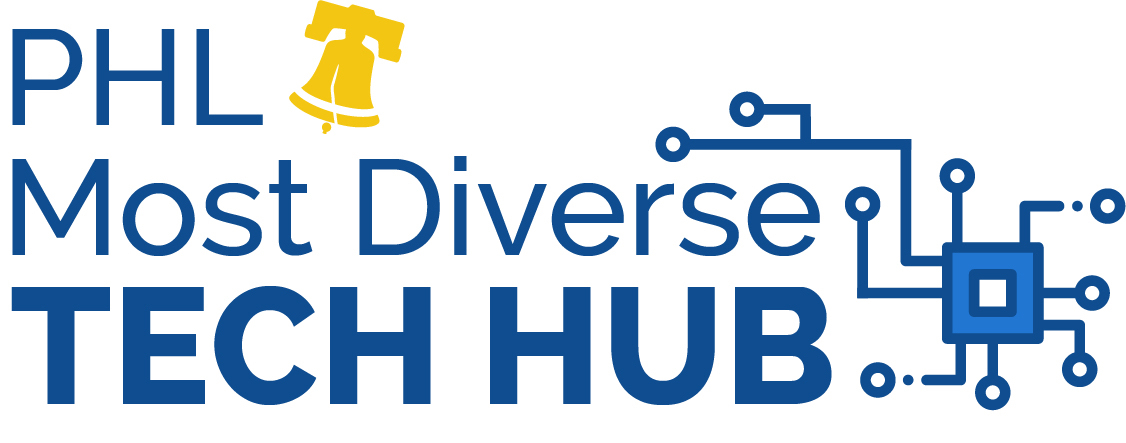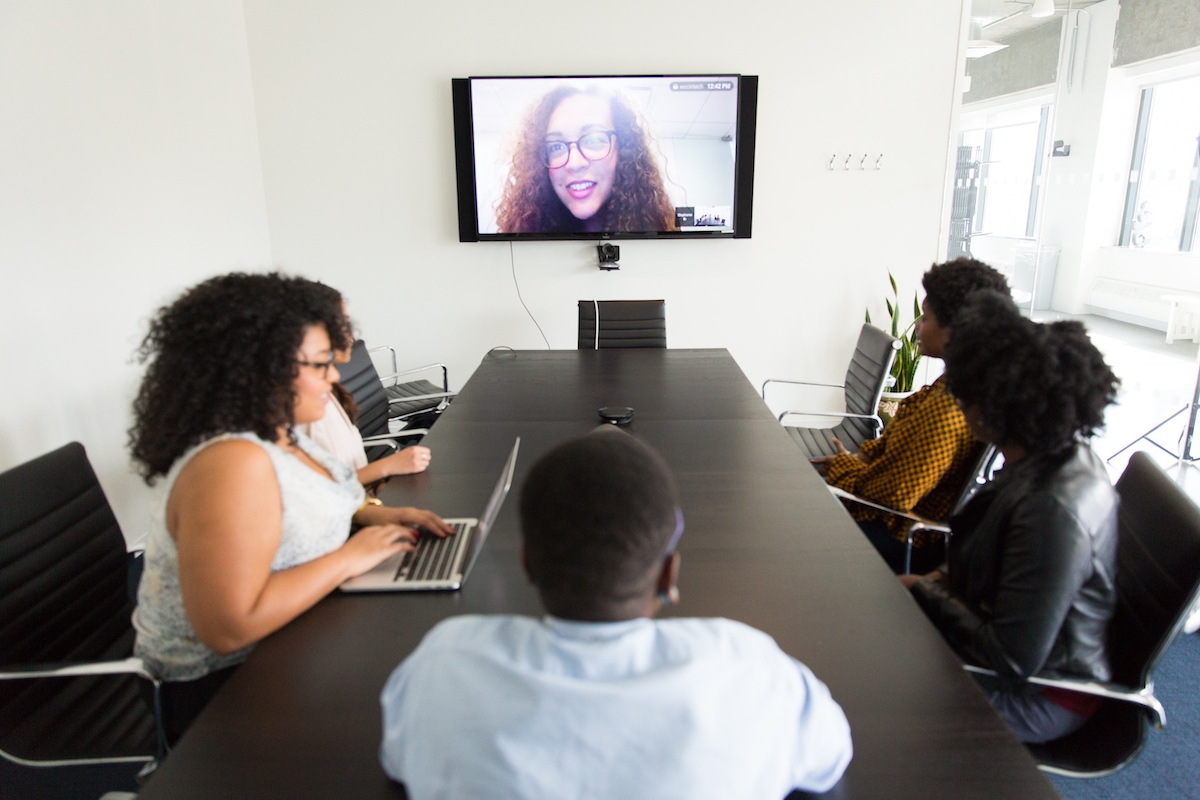Whether your company is small or large, with or without a dedicated budget for diversity, equity and inclusion initiatives, your employees, coworkers and even applicants should feel that they belong there.
But how do you make sure that happens?
Over the next 10 months, Technical.ly will be hosting a workshop series with DEI leaders sharing insight and actionable steps on how to build and implement a successful DEI strategy, as part of our involvement with the Most Diverse Tech Hub initiative. We’ll cover topics ranging from “Evaluating Job Descriptions For Bias” to “Equitable and Transparent Compensation” — all with the goal of creating a workplace that encourages team members to show up each day as their most authentic self.
First up: “Creating a Culture of Belonging,” hosted by Amber Jones, who has led workplace inclusion strategies for tech startups and works in corporate America by day. She covered:
- How do you develop a strategy for diversity, equity and inclusion?
- How do you plan and execute cost-effective DEI programming?
- What does it take to build a culture of belonging and authenticity?
- What might support look like for your overwhelmed teammates, especially those in marginalized or underrepresented groups?
Watch the full workshop below — skip to 11:20 for the beginning of the lesson — and read on for five takeaways from Jones’ interactive presentation:
1. DEI is good for your company’s health.
Yes, this is DEI 101. But it’s important to remind those from whom you need buy-in.
“You’ve probably heard this, but diverse teams produce amazing outcomes,” Jones said. That can include more creative ideas, but also more profit — and better retention. “Creating a culture of belonging where employees feel seen or heard is a proactive organizational tactic that can really help with your retention rates. The happier and more comfortable your teams feel in this work environment, the more their satisfaction will increase, and they might just stick around.”
2. Intentionality matters more than big immediate changes.
“One of the biggest missteps one of my previous teams and I did was we felt like we needed to overcompensate with our targets so we felt like we were making big changes and doing the right thing,” Jones said. Instead, she advised, “base it on your in-house resources. Whether your D&I goals are short or long term, they should really complement your company’s overall goals, especially if you’re a smaller company. Less can be more if it allows you to be intentional with your commitments.”
3. DEI should be a collaborative effort.
“Leverage your internal resources,” Jones said. DEI committees should be “comprised of employees who are generally excited and committed to the program, building the programming, the events, the milestones, and also help organize goal setting. The worst thing to do is honestly let the hard work of D&I fall on one person. DEI is ultimately a company-wide commitment. Whether you have an in house team or a volunteer committee, everyone needs to be brought in and held accountable for creating a culture of belonging together.”
Remember to compensate effort beyond responsibilities: If this is an ongoing committee that goes beyond the existing scope of your team (that is, if you’re including perspectives beyond, say, someone in human resources), then compensate that additional effort.
4. Employee comfort is part of DEI.
“Look at the way that we run our meetings — are you giving people the opportunity to share in ways that are comfortable with them? You want to make sure that you’re not putting the quiet person on the spot if that is not the way that they like to communicate,” Jones said. “You might want to reconsider your ‘cameras on’ policy for Zoom, by the way. Other forums where people can share thoughts and feedback, whether it’s during a meeting, post-meeting emails, Slack messages or through your project management system are something to keep in mind so that all voices are heard in various different forums, creating inclusive hiring practices.”
Also, consider the value of employee resource groups for underrepresented employees.
5. Periodic audits are a necessity.
“Take a look at your job descriptions and give them an audit to remove any biased or gendered language to create a consistent interview process where all applicants are on an even playing ground,” Jones said. “Do accessibility audits for your company website and or your social media profiles, because we surely cannot forget about those who are disabled. Whether these folks are in your organization or not, it is incredibly important as well, and something that you can think about as you build this strategy.”
###
What is the Most Diverse Tech Hub initiative? It goes back to November 2020, when, determined for Philly to become the most diverse tech hub in the nation, the City of Philadelphia’s Department of Commerce awarded $500,000 across a handful of organizations working to boost tech skills for the future talent pipeline, with a focus on Black and brown Philadelphians. The City re-upped its funding commitment in spring 2022.
Mark your calendar for the next two editions of Technical.ly’s workshop series: “Evaluating Job Descriptions for Bias” on April 27, and “Establishing Equitable and Transparent Compensation” on May 11, both at 12:30 p.m. EST.

This article appears as part of the Most Diverse Tech Hub initiative and is underwritten by the City of Philadelphia Department of Commerce. It was independently reported and not reviewed by this partner before publication.
Before you go...
Please consider supporting Technical.ly to keep our independent journalism strong. Unlike most business-focused media outlets, we don’t have a paywall. Instead, we count on your personal and organizational support.
3 ways to support our work:- Contribute to the Journalism Fund. Charitable giving ensures our information remains free and accessible for residents to discover workforce programs and entrepreneurship pathways. This includes philanthropic grants and individual tax-deductible donations from readers like you.
- Use our Preferred Partners. Our directory of vetted providers offers high-quality recommendations for services our readers need, and each referral supports our journalism.
- Use our services. If you need entrepreneurs and tech leaders to buy your services, are seeking technologists to hire or want more professionals to know about your ecosystem, Technical.ly has the biggest and most engaged audience in the mid-Atlantic. We help companies tell their stories and answer big questions to meet and serve our community.
Join our growing Slack community
Join 5,000 tech professionals and entrepreneurs in our community Slack today!

The person charged in the UnitedHealthcare CEO shooting had a ton of tech connections

The looming TikTok ban doesn’t strike financial fear into the hearts of creators — it’s community they’re worried about

Where are the country’s most vibrant tech and startup communities?



